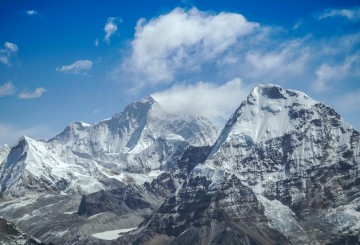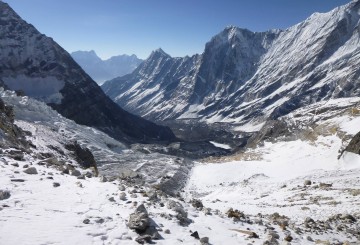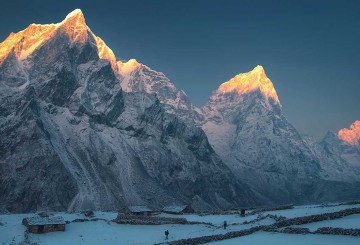Upon your arrival, our representative from Himalayan Sherpa Adventure awaits you at the airport. We will then proceed towards your hotel and brief you about Nepal and your trek. In the evening, we take you to a traditional Nepali restaurant for dinner where we will give you more information about the tour, your city sightseeing and also answer any questions you may have. Overnight in Hotel Mulberry. (B, D)

Island Peak, also known as Imja Tse in Nepali, is one of the most popular trekking peak expeditions in the Everest region of Nepal. The Nepal Mountaineering Association (NMA) issues the permit for this peak as it is registered under this organization.
Island Peak, also known as Imja Tse in Nepali, is one of the most popular trekking peak expeditions in the Everest region of Nepal. The Nepal Mountaineering Association (NMA) issues the permit for this peak as it is registered under this organization.
There are several good reasons why so many people ascend Island Peak 6189m each year.
The first reason is any physically fit and acclimatized person is capable of ascending Island Peak with the help of our professional climbing guide. All our clients receive a thorough training with all their climbing equipment by our climbing guide while at base camp. There is a section built at base camp where clients will wear and learn how to operate their equipment with the help of their climbing guide. Island peak offers a perfect mix of climbing which includes crossing several crevasses using ladders, walking on icy trails and in the end, climb a steep mountain to summit the Island Peak. This is one reason why Island Peak is considered a perfect beginners mountain, because of its varieties of terrain and technicality.
The second reason is that it can be summited in a few days time, making it one of the most accessible trekking peak packages offered. The climbing portion of Island Peak begins from Island Peak Base Camp and ends back in Chukung. Unlike other high mountains, this peak can be summited in one day from the base camp. Your body will have acclimatized already by the time you get to the base camp so after training and some rest, you are good to go for the summit push.
The third reason is the view you see from the summit. You will be surrounded by the entire Khumbu range; the snowy peaks of Nuptse, Lhotse, Lhotse Middle Peak and the unclimbed Lhotse Shar, all over 8000m, are seen from the summit of this peak. To the East, are the frozen waves of the Lhotse Shar Glacier, the Cho Polu (6.734mt.) and the red granite mass of Mt.Makalu (8,475m).
This trip also includes going to Everest Base Camp and hiking up to Kalapatthar from where you get a majestic view of Mt Everest. These hikes will help you acclimatize well and prepare for Island Peak. Besides the trekking adventure, this trek will be a cultural experience to see the Sherpa villages and the Buddhist monasteries.
The best season to climb Island Peak is beginning of September to November’s end and the beginning of April to June’s end.
-
Day 1 Arrive in Kathmandu
-
Day 2 Sightseeing in Kathmandu
Our guide will check your equipment in the morning to see if everything is fine. We will then start our sightseeing tour, heading to at least 3 major attractions in Kathmandu. Our sightseeing starts in the morning and should finish around 3 pm. Some major sites are Pashupatinath, Boudhanath, Swayambhunath and Kathmandu Durbar square. You will have the rest of the day free and also a chance to do any last minute shopping before your trek. Overnight in Hotel Mulberry. (B)
-
Day 3 Fly to Lukla & trek to Phakding (2600m)
We pick you from your hotel early morning and head towards Kathmandu domestic airport. You will have a short, 30 min flight to Lukla from Kathmandu. The rest of the crew, including the assistant guide and porter awaits you at the Lukla airport. Upon reaching Lukla, we have introductions with the rest of the team and have tea/ coffee while watching the amazing landings and take-offs at the Lukla airport. Once everything is set up, we start our trek towards Phakding. It will be an easy journey today and you will soon notice that the Everest region is totally different from Kathmandu or anything that you have seen. We get to experience the Sherpa culture and villages of the Everest region along the way and our experienced guide will be there to share information about it. We will make a short stop for lunch midway. After reaching Phakding, our team will help you with your rooms and during dinner, our guide will brief you about your tomorrow’s program. Overnight in Sherpa Shangrila Resort. (B, D)
-
Day 4 Namche Bazaar (3444m)
After breakfast, we pack our belongings and start our trek towards Namche. Today will be a considerably longer hike but each step will bring us closer to the Himalayas. Our trail goes through pine, fir and juniper forests, as well as cross the Dudh Koshi river multiple times via a hanging suspension bridge which you will soon see all over the Everest region. We will also come across a view point where you can see Mt. Everest if the weather is clear! This will be the first place that you can see Mt Everest from without going up higher. We will make a stop for lunch in the middle of day. The last suspension bridge that we cross is called the Hillary Bridge, which is also the highest bridge and from here we take the uphill that leads us to Namche. Overnight in Hotel Sherpaland. (B, D)
-
Day 5 Namche Bazaar rest and acclimatization
Today, we set up a program to visit Hotel Everest View up in Syangboche from where we can see Mt Everest and other high peaks but most importantly we set up this activity to help us with acclimatization. We will also have our lunch there in the hotel. This program should take us around 4 hours to complete. After returning back to Namche, you are free to explore the quaint and buzzy village of Namche. Namche Bazaar offers coffee shops, salon, restaurants, shopping etc. At dinner, you guide will give you more information about your next day. Overnight in Hotel Sherpaland. (B, D)
-
Day 6 Namche to Tengboche Monastery (3875m)
We trek towards Tengboche Monastery, which is the oldest monastery of Everest region and holds a significant value among the locals. Our trek will be accompanied by beautiful views of Ama Dablam on the right until we descend down to Phunkitenga river where we will stop for lunch. After a break, we climb up to Tengboche where we will be staying overnight. The monastery is located in an ideal place surrounded 360 degrees by the Himalayas. You can view Mt Everest, Nuptse, Lhotse, Ama Dablam and Thamersku. Overnight in Tengboche Lodge. (B, D)
-
Day 7 Tengboche to Pheriche (4200m)
We will visit Tengboche monastery in the morning and if we get lucky then we might even get to interact with the local monk from the monastery. The morning hour also offers us a great opportunity to take picturesque pictures of the monastery with the Himalayas in the back drop. After this, we head down and cross the village of Debuche and cross several small creeks with Mt Ama Dablam smiling upon us all along the way to Pheriche. We will also hike over the old Sherpa village of Pangboche before we reach Pheriche. As we get higher, more mountains will be visible to us with every step. Overnight in Pheriche Lodge. (B, D)
-
Day 8 Pheriche to Lobuche (4930m)
After breakfast we head towards Thukla from where we climb a steep uphill moraine formed by the Khumbu glacier. Here you will find many prayer flags set up as a memorial to Scott Fischer and all the climbers that lost their lives while climbing Everest. Our guide will give you a thorough explanation of the site. After observing the area, we continue our walk towards Lobuche. Overnight in Oxygen Lodge. (B, D)
-
Day 9 Lobuche to Gorak Shep (5170m), visit Everest Base Camp (5364m)
Today we head to the last village before Everest Base Camp - Gorakshep. The walk from Lobuche to Gorakshep will not take long but can feel challenging due to the thin air. Once we reach our lodge in Gorakshep, we will drop our bags in our rooms and take a break before heading towards Everest Base Camp. Our trail will consists of rocky dunes, moraine and streams before reaching Everest Base Camp. From here you can see many camping tents especially during springtime as Everest summiteers all start their expedition from here. We head back to Gorakshep where we will stay overnight before we will head to Kala Patthar early morning the next day. Overnight in Yeti Lodge. (B, D)
-
Day 10 Gorak Shep to Kala Patthar (5545m) and back to Lobuche (4930m)
We start our hike today pre dawn as we want to get to the summit of Kala Patthar right before the sunrise. We will have some tea and carry a packed breakfast that we can enjoy at the summit. It will be a difficult hike but a worthy one as we will have one of the best views of Mount Everest. At sunrise the view is truly extraordinary, along with all the high Himalayas in the backdrop. You will be surrounded by the Himalayas while at the summit, overwhelming you with pure joy. Later we descend down to Gorakshep and head back towards Lobuche for overnight. Overnight in Oxygen Lodge. (B, D)
-
Day 11 Lobuche to Dingboche (4360m)
After breakfast, we head back to Dingboche via Thukla. This time we will not take the route to Pheriche but rather the upper route that leads us to Dingboche. This is a serene walk with the giant mountains surrounding us. The trail is relatively flat and easy. We reach Dingboche in the afternoon and settle in our lodge. Overnight in Snow Lion Lodge. (B, D)
-
Day 12 Dingboche to Chukhung (4730m)
Todays hike is relatively easy and short. The walk is a steady uphill to Chukung and we should reach there before lunch time. After lunch, we can explore the Chukung village and get ready for our Island Peak expedition. Our mountain guide will guide and inspect all our equipment and any equipment that we don’t have can be rented here in Chukung. After having all our equipment ready, our mountain guide will train us on how to use it. We will do practice trials with our equipment and review all the necessary information about Island Peak today. Overnight in Chukung Lodge. (B, D)
-
Day 13 Chukung to Island Peak Base Camp (5100m)
We hike to Island Peak base camp today where our camp crew awaits us. Our entire campsite will be preset by our camping crew. On our way, we will come across Imja lake and Lhotse glacier moraines. The route to Amphu Lapcha pass lies to the southeast of us. After arriving to base camp, we can leave our bags in our tents and head to the dining tent for some tea/ coffee. Later, we will train again with our climbing equipments and learn climbing techniques that will be useful to us. By this time, you should be familiar and comfortable with the climbing gear such as an ice axe, climbing boots and crampons, harness, ascender etc. Later, we’ll have dinner in our dining tent and our guide will explain to us more about Island Peak and other important information. Overnight in our tents. (B, L, D)
-
Day 14 Pre climb training in Base Camp
Today after breakfast we resume our training and prepare ourselves both mentally and physically as we will start the expedition tonight soon after midnight. We will get a final training on our climbing equipment and techniques. All our trainings will include using ropes to go up and down. We have our dinner normally around 4pm and get our sleep by 5 pm as we will need to leave for the summit by 1 am. Overnight in tent. (B, L, D)
-
Day 15 Summit Island Peak (6189m) and back to Base Camp
Our guide will wake you up soon after midnight and we will have our breakfast and leave for the summit by 1 am. The reason we start early is to avoid the strong winds up in the mountains later in the day. It is a big factor and can be detrimental in any expedition. Another good reason to start early is to witness the beautiful sunrise over the Himalayas, which makes our entire expedition feel priceless and makes all our effort worth it. Our path begins in the dark by climbing up several hundred meters through rocky paths and ice trails but you will be provided support by our guide the whole time and also some fixed ropes along the way. There comes a point where we will put our crampons on and then will have to cross several crevasses. We will be crossing the crevasse using a ladder. Island Peak varies quite a bit, so we will be climbing ladders up and down, crossing crevasses, using the ice axe in necessary places and in the end, climbing up a steep ice wall using a fixed rope and ice axe to summit Island Peak. As we near the summit, the sight of dawn over the Himalayas is exceptionally beautiful. The summit of Island Peak has a very limited space so once we reach the summit, we cannot stay there for a long time as we will need to give way for other climbers but when we are there, we get to witness excellent views of the great Himalayas and can take some great pictures. This is a thrilling journey and one that will remain in our hearts forever. Later, we descend down to base camp and celebrate our successful summit. Overnight in Base Camp. Another option is to descend back to Chukung the same day. (B, L, D)
-
Day 16 Base Camp to Dingboche (4360m)
Today we head back to Dingboche making a pit stop in Chucking for lunch and also return any items that were rented. We will also bid farewell to our camping and climbing team. Overnight in Dingboche. Overnight in Snow Lion lodge. (B, D)
-
Day 17 Dingboche to Tengboche Monastery (3875m)
We follow back the trails of Pangboche village and return to Tengboche. In case we did not get time to see the monastery or meet monks of the monastery, then we can do so today. Overnight in Tengboche lodge. (B, D)
-
Day 18 Tengboche to Namche (3444m)
We will be using the familiar trails from here as we have already crossed this path. Ama Dablam, Kongde and other peaks will accompany us throughout our way to Namche. We will stop for lunch in small village of Kyangjuma. Kyangjuma offers an amazing view of the Himalayan range while we have lunch. Here on we head back to Namche and spend the night there. Overnight in Hotel Sherpaland. (B, D)
-
Day 19 Namche to Phakding (2600m)
Today our walk will consist of mostly downhills and an easy trek to Phakding. After climbing Island Peak, these trails will feel much easier. We stop for lunch in Monjo where the serene sounds of the Dudh Koshi river are very peaceful and relaxing. After lunch, we continue towards Phakding. Overnight in Sherpa Shangrila Resort. (B, D)
-
Day 20 Phakding to Lukla (2800m)
It is the last day of our trek and also an easy walk to Lukla. After breakfast, we slowly start walking towards Lukla reminiscing about all the memories we’ve made along our journey. Our guide will have already arranged and reconfirmed your flight schedule for tomorrow. After reaching Lukla, we will have a chance to rest and then meet with the entire trekking crew for dinner. Our team, including porters, assistant guide and guide will join you for dinner and bid farewell. By now, you will have also notice that all our teams are not only professionals in what they do, but they are also great entertainers! We will celebrate our last night by dancing to some Nepali tunes. Overnight in Hikers Inn Lodge. (B, D)
-
Day 21 Lukla to Kathmandu by morning flight and free day in Kathmandu
We have a morning flight to catch and our team will help you till the airport. Himalayan Sherpa Adventure representative will be waiting for you in Kathmandu’s domestic airport. We will bring you back to your hotel and you will have the rest of the day free. Overnight in Hotel Mulberry. (B)
-
Day 22 Final Departure
We bid final farewell and drop you to the airport for your departure. (B)
What's Included ?
- All airport and hotel transfers
- 3 nights of hotel stay in Kathmandu on Bed & Breakfast basis
- Professionally trained and experienced tour guide and assistant guides
- Welcome/or Farewell Dinner
- Transportation in our private company vehicle
- Entrance permit and fees for all the Heritage sites
- Trekking permits and Peak permits
- All government and local taxes
What's Excluded ?
- Lunch and Dinner in Kathmandu
- Tips for guides and drivers
- Personal expenses
- Personal Insurance– travel and rescue insurance
- Airfare for international flights to and from Kathmandu
- Rescue services
- Nepalese visa fee
- Services not mentioned in the “Included” section
-
1. What is the best time to visit the Everest region?
- The most popular months for trekking in the Everest region are March, April, May and September, October, November, as these months are when the conditions are at their best. The spring and autumn tend to offer reasonable temperatures, clear skies, little to no rain and less chance of problematic snowfall. The average temperature around this time can range from a high around 20 degree Celsius during the day to -15 degree Celsius at night. - December, January and February have colder temperatures and are less frequently travelled, but this should not deter you from making your trip to the Everest region during these months. The weather is very clear allowing you to see all the majestic mountains and most of the lodges and tea houses are open during this time. Best of all, you don’t have to deal with crowds and will have all the views to yourself!
-
2. How do you get to the Everest region?
- The most popular way to travel the Everest region is by a short 30 minutes flight from Kathmandu to Lukla. Lukla is the starting point for all treks in this region.- There is an alternative way to reach the Everest region by driving from Kathmandu 12 hours to the village of Solu and walking for 2 additional days to reach Lukla.
-
3. What is the luggage weight limit on flights to the Everest region? Do we need to use duffle bags instead of regular luggage (with frame and roller)?
- The luggage weight limit on Everest flights are 15 kgs luggage and 5 kgs of hand carry (personal backpack). Before you start your trek, any unwanted luggages can be left in your hotel in Kathmandu. They will happily store it for you as you will be using the same hotel once your trek ends. - Yes, Duffle bags are better while in the trek because it can store more luggages and helps our porter to manage his load better.
-
4. Where will we be staying during our trek and what to expect from the accommodations? What kind of meals should I expect during the trek?
- We use only the best available accommodations during our treks which can include hotels, lodges and tea houses. Through our decades of experience, we have selected these places for their hygiene, amenities and client satisfaction. - During your trek the food choices might be more limited but you can always expect to find staples such as Dal Bhat, driving from Kathmandu 12 hours to the village of Solu and walking for 2 additional days to reach Lukla. 3. What is the luggage weight limit on flights to the Everest region? Do we need to use duffle bags instead of regular luggage (with frame and roller)? - The luggage weight limit on Everest flights are 15 kgs luggage and 5 kgs of hand carry (personal backpack). Before you start your trek, any unwanted luggages can be left in your hotel in Kathmandu. They will happily store it for you as you will be using the same hotel once your trek ends. - Yes, Duffle bags are better while in the trek because it can store more luggages and helps our porter to manage his load better. 4. Where will we be staying during our trek and what to expect from the accommodations? What kind of meals should I expect during the trek? - We use only the best available accommodations during our treks which can include hotels, lodges and tea houses. Through our decades of experience, we have selected these places for their hygiene, amenities and client satisfaction. - During your trek the food choices might be more limited but you can always expect to find staples such as Dal Bhat, Noodles/ Chowmein, Fried rice, Sandwiches, Soups and French Fries. You can also find some vegetarian options as well. Another common popular Nepali dish is Momo (dumpling) which is very popular among the locals. Make sure to try one when you can.
-
5. Do we need to bring towel, toilet paper? Does all the hotels/ lodges on the route provide bathroom, hot shower and toiletries?
- Not all hotels/ lodges provide the above following. We recommend all our clients to bring their own toiletries. Some hotels will provide attached bathroom with hot shower in your room while others will just provide a common bathroom. - The Everest region is still a remote area with no proper road access. Hence, most of the goods and supplies in this region have to be flown via air. This makes it very difficult and expensive to provide all the facilities. Some of the lodges in the lower Everest region will provide most of the facilities but you need to understand that the higher you trek, the lesser facilities will be available.
-
Do we need to bring a sleeping bag and how warm will the room be?
- Up until Namche, you will not be needing a sleeping bag. You will only need a sleeping bag in the higher elevation like around Everest base camp. Some lodges will give extra blankets but having your own sleeping bag is better. Your porter will put your sleeping bags in the duffle bags that he carries. If you don’t have a sleeping bag, you can always buy one in Kathmandu or rent through our company.
-
7. If we bring water bottle, where can we refill clean drinkable water?
- Unfortunately, the Everest region does not have a system of refilling clean drinkable water. The only way to do so is to purchase a bottle mineral water and then to pour it onto your water bottle. Purchasing mineral water is very easy in the Everest region but please know that the higher you go, so will the price of water. Also, please remember to recycle the plastic bottle or to give it to your guide or the lodge who will recycle it. It is not advisable to drink tap water. Please only use mineral bottle water or boiling water.
-
8. What about Laundry services and ATM’s along the trek route? Do they accept US dollar during the trek?
- Laundry machines are very rare in the mountains so please check with your guide for this services. Trekkers usually will not have big laundry during the trek and the little items such as socks and towels can be hand washed and later dried in the sun or by the fire. Most trekkers will only do their laundry once they are back in the capital Kathmandu where you can find plenty of Laundry services. 7. If we bring water bottle, where can we refill clean drinkable water? - Unfortunately, the Everest region does not have a system of refilling clean drinkable water. The only way to do so is to purchase a bottle mineral water and then to pour it onto your water bottle. Purchasing mineral water is very easy in the Everest region but please know that the higher you go, so will the price of water. Also, please remember to recycle the plastic bottle or to give it to your guide or the lodge who will recycle it. It is not advisable to drink tap water. Please only use mineral bottle water or boiling water. 8. What about Laundry services and ATM’s along the trek route? Do they accept US dollar during the trek? - Laundry machines are very rare in the mountains so please check with your guide for this services. Trekkers usually will not have big laundry during the trek and the little items such as socks and towels can be hand washed and later dried in the sun or by the fire. Most trekkers will only do their laundry once they are back in the capital Kathmandu where you can find plenty of Laundry services. - ATM’s are also available but only in certain places. So we urge you to use the ATM’s in Kathmandu where there are plenty and also their service fee will be comparatively less than in the mountains. - Yes they accept US dollar in the mountains but you will get a better deal if you exchange it in Kathmandu in the money exchange shops.
-
9. Is Internet/ Phone available up in the mountains? How do I charge my electronics?
- Internet is available but you will need to purchase it from the lodges. If you have bought a Nepali sim card then depending on the subscription, you can also get mobile data services but this is not a guarantee in all areas of the mountain. If your trek is above 4,000 meters high, we will send a company satellite phone along with the guide just in case of an emergency. - We recommend that our clients bring a power bank with them as electricity is limited especially at higher altitudes. We also found out through some of our clients that the solar powered power bank works well during the trek. So we recommend to have both or at least a power bank. Some lodges will provide free electricity for you to charge your power bank and in higher altitudes you may have to pay to charge your electronics. urge you to use the ATM’s in Kathmandu where there are plenty and also their service fee will be comparatively less than in the mountains. - Yes they accept US dollar in the mountains but you will get a better deal if you exchange it in Kathmandu in the money exchange shops. 9. Is Internet/ Phone available up in the mountains? How do I charge my electronics? - Internet is available but you will need to purchase it from the lodges. If you have bought a Nepali sim card then depending on the subscription, you can also get mobile data services but this is not a guarantee in all areas of the mountain. If your trek is above 4,000 meters high, we will send a company satellite phone along with the guide just in case of an emergency. - We recommend that our clients bring a power bank with them as electricity is limited especially at higher altitudes. We also found out through some of our clients that the solar powered power bank works well during the trek. So we recommend to have both or at least a power bank. Some lodges will provide free electricity for you to charge your power bank and in higher altitudes you may have to pay to charge your electronics. - Tip: Batteries will lose their charge fast in colder temperatures. So we recommend tucking your electronics in your blanket/ sleeping bag or you might find your phone/ camera dead in the morning.
-
10. How common is Altitude Sickness? What to do if I get one?
- While trekking in the Himalayas, there is always a chance of dealing with Altitude sickness, but there are many things that you can do to minimize the risks. Our itinerary programs are carefully designed to ascend slowly and to provide proper acclimatization activities. Our experienced guides will remind you to stay hydrated and also look out for any early signs of distress. - Our guides receive training every year on Altitude sickness. If they think that you are showing symptoms of Altitude sickness, they might perform some simple diagnostic tests such as checking your oxygen level or asking you to walk in a straight line. The most effective treatment for altitude sickness is to descend to a lower elevation. However, in severe cases or certain conditions where descending is not possible our guides will coordinate an air evacuation as soon as possible. - Note: All of our guides are trained to administer oxygen. Every trek that goes above 4,000 meters will be equipped with an oxygen cylinder and a satellite phone incase of an emergency.
-
11. Do we need to carry travel insurance?
- Yes, travel insurance is mandatory while trekking with us. Please ensure that your insurance covers air evacuation service. While trekking to the Himalayas, there is a risk of dealing with an altitude sickness. In case of such emergencies, your air evacuation insurance will help you cover the cost or else the trekker will have to solely bear the costs. Our treks are organized in a very thoughtful manner so you will not have to face such adversities, but we always want our guests to travel in a peace of mind.
-
12. Do I need guide and porters for my trek?
- Yes, having a trekking guide and porter is necessary part of your journey. We have our team of guides and porters who work with us every season. Guides and Porters are an integral part of what we do so they are a vital team member. All of our guides are trained every year on leadership skills and basic first aid skills. Our porters are treated fair by limiting the weight they carry and paying well for the job they do. Trekking in high altitude requires good support team and it is very important to have trekking guide and porter along with you. We treat our porters fairly by only allowing 24 kgs of maximum load and limit per trekker a maximum of 12 kgs (26 lbs) to be carried. 1 porter can carry the load of 2 clients.
-
13. Do I have to tip my guide/ porter?
- Tipping culture is not mandatory but highly appreciated. Please keep in mind that our guides/porters will not ask you for anything– including tips. However, if you think that they have performed well while doing their job, and earn your appreciation or a "thank you", you may by all means tip them any amount you find reasonable. Typical guidelines on tipping the guides are $5 - $10 per day and for porters $3 - $5 per day. Most clients often leave tips in the last night of their trek.
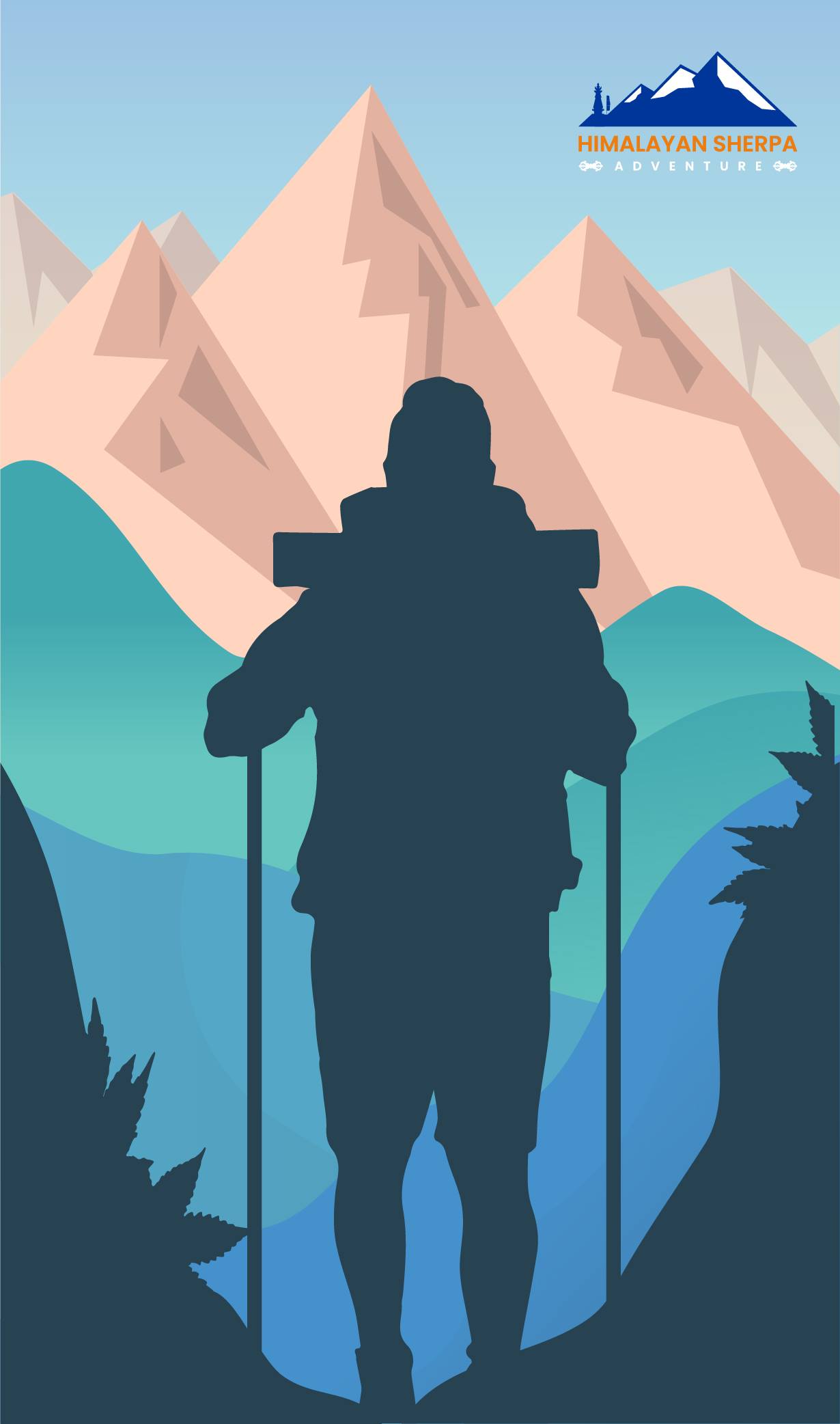
-
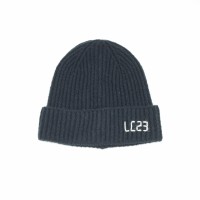
hats/beanie
-

Sunglasses
-
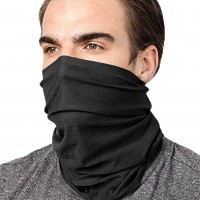
Scarf/Buff.
-

Candies/sweets
-
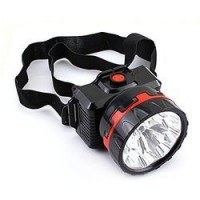
Headlights.
-
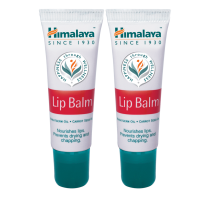
Lip balm
-

Sunscreen
-

Helmet.
-
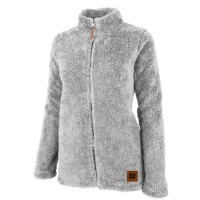
A warm fleece
-

fewT shirts/ long and short sleeve shirts.
-
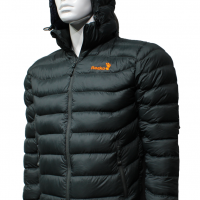
Daun Jacket
-
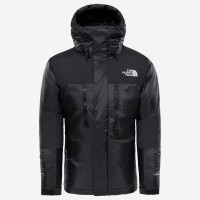
Windstopper jacket
-
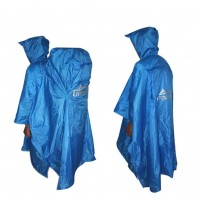
ponchos/Raincoat
-
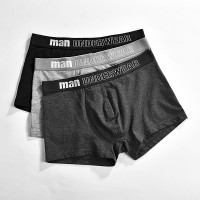
A few pieces innerwear.
-
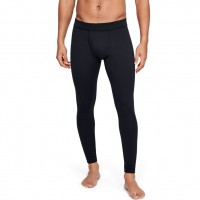
few pairs ski underwear
-
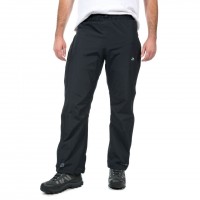
windproof trouser
-
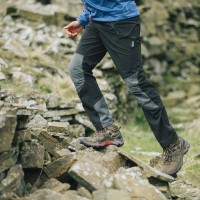
trekking trouser / Hiking Trouser /leggins
-
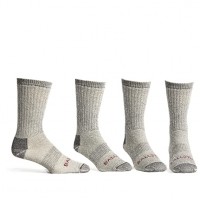
pairs of Trekking Socks
-

pairs woolen socks.
-

Slipper & Sandals
-
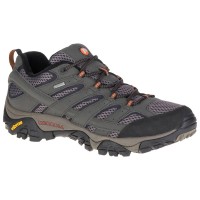
trekking shoes
-
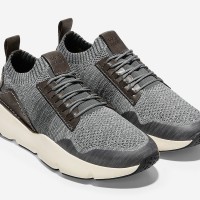
one comfortable shoes
-
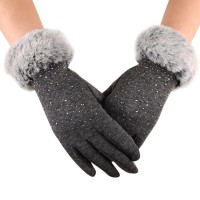
thin gloves & think gloves
-
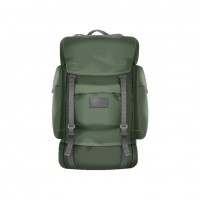
backpack / Rucksack (waterproof)
-

Sleeping bag -10* C
-
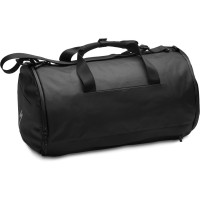
Duffel bag
-
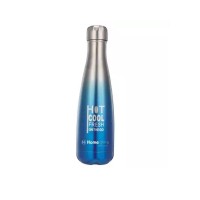
Water bottle
-
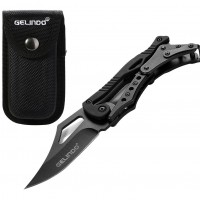
Pocket knife
-
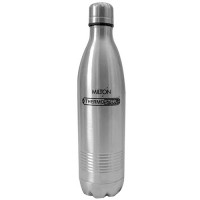
thermos
-
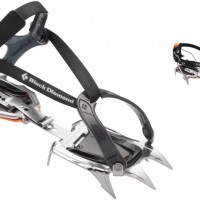
Crampons.
-
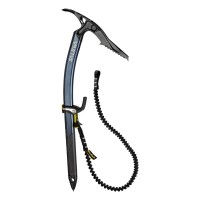
Ice Axe.
-
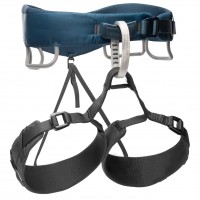
Climbing harness.
-
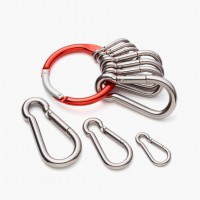
carabiner.
-

Figure Eight.
-
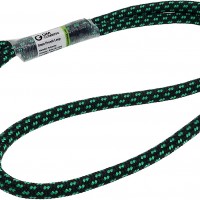
A few pairs prusiks.
-

Rope clamp.
-
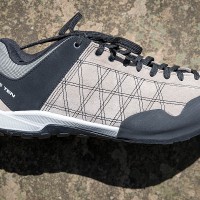
Robust shoes for climbing.
-
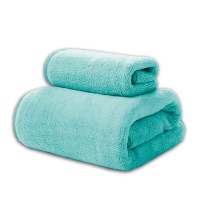
Towel & hand towel
-
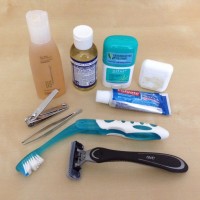
Toiletries
-

Trekking poles

You May Also Like




